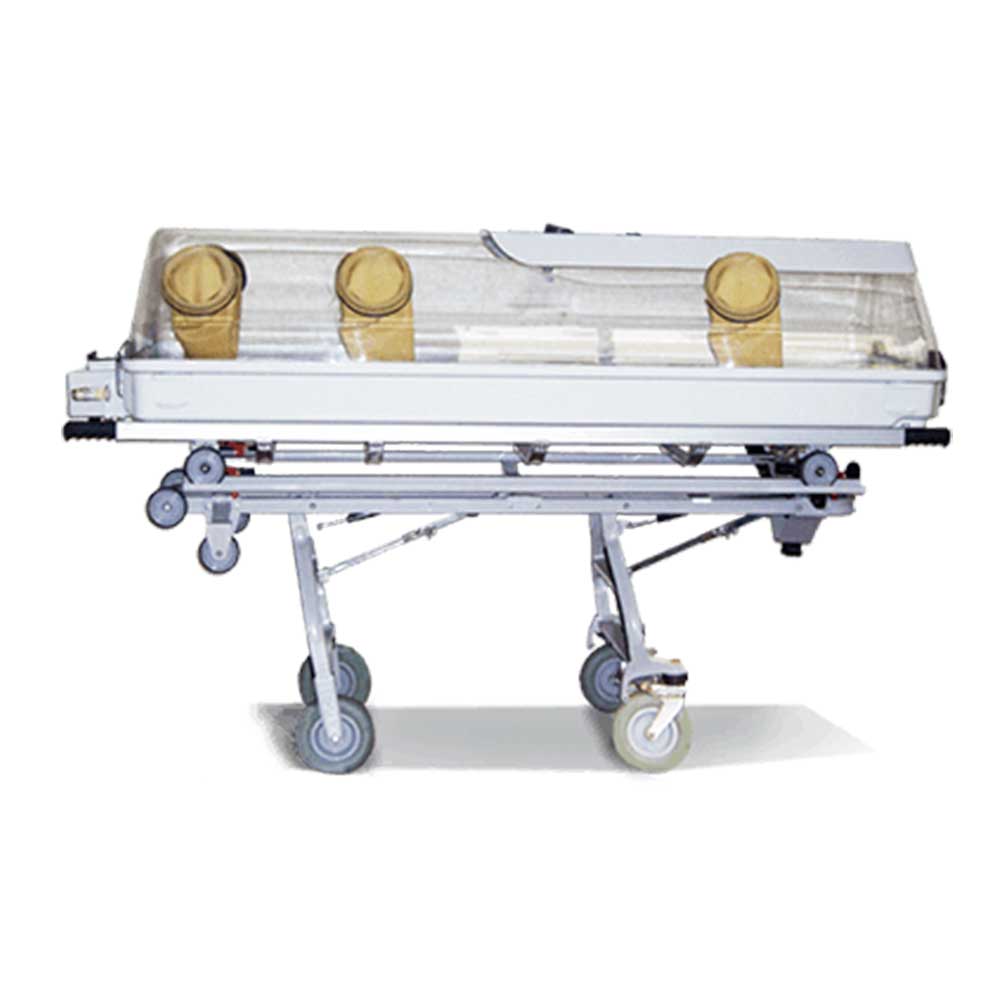Infection prevention and control measures are essential in healthcare settings to safeguard both patients and healthcare professionals from the spread of contagious diseases.
How to Control Infectious Diseases
- Wash hand regularly
- Wear face mask (to protect and prevent spread of respiratory virus)
- Use sanitizers or alcohol
- Take vaccination for immunity booster
- Social distancing – avoid social contact with other if sick
- Stay at home when sick
- Prepare food safely
- Must have good ventilation at home
- Clean your areas and environment
How Infection Spread
- From one person to person
- Directly – close contact
- Indirectly – from a person carrying the infection to an object (like doorknobs, countertops, or food) and subsequently to another individual who encounter the contaminated item.
- From a polluted environmental source, like an animal or soil to an individual vulnerable to it.
Infectious diseases are most contracted through the following means, as germs can be passes from one person to another through:
- Airborne transmission through droplets or aerosol particles
Examples of diseases transmitted to droplets:
- The common cold
- Influenza (flu)
- Covid-19
Examples of diseases transmitted to aerosol:
- chickenpox
- measles
- TB (Tuberculosis)
2. The transmission through the ingestion of contaminated food or water (faecal-oral).
3. Transmission through blood or other bodily fluids
Examples of diseases transmitted to body fluids:
- hepatitis B
- hepatitis C
- HIV (Human Immunodeficiency Virus)
4. Transmission through direct contact with the skin or mucous membranes
5. Transmission through sexual contact
In areas in which risks of infectious diseases are recognized like cholera, diphtheria, ebola and middle east respiratory syndrome (MERS) enhanced infection prevention and control (IPC) measures will be implemented. Ensure that you have proper training and are equipped with personal protective equipment (PPE).
CTMP Isolated Chamber is designed to safeguard patients and the surrounding from potential cross-contamination during land or air transport.
This chamber can function in two modes:
- Negative Pressure Mode: It is used for transporting patients who are infected or suspected of biological contaminations, including diseases such as COVID-19, viral hemorrhagic fever, SRAS (severe acute respiratory syndrome), smallpox, tuberculosis, meningitis, Ebola, etc.
- Positive Pressure Mode: This mode is employed to protect and transport immunocompromised patients, such as those with conditions like bubble child syndrome or aplasia, where their immune systems are delicate.
Explore diverse products available on our online eshop to strengthen infection prevention and control.


